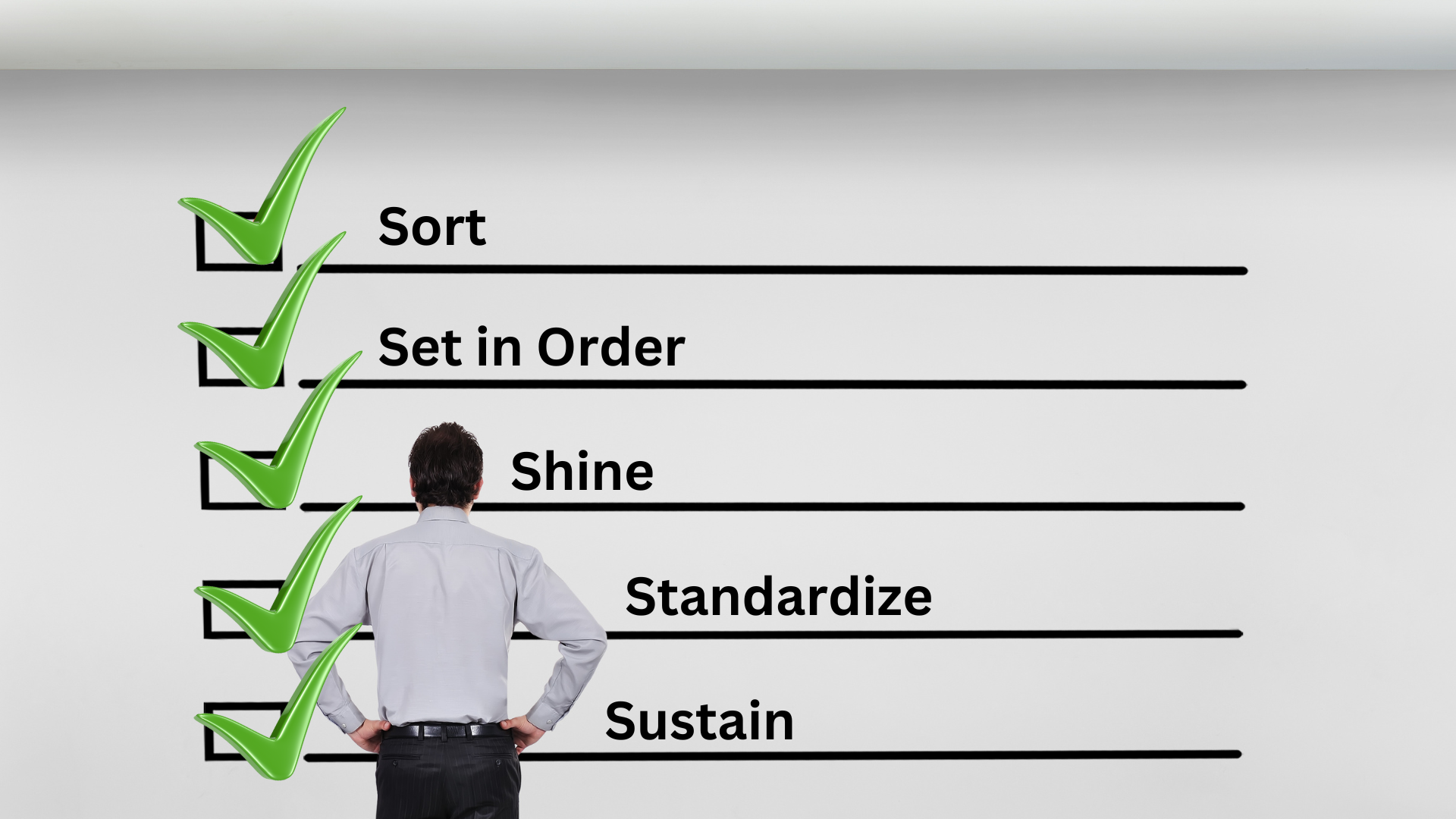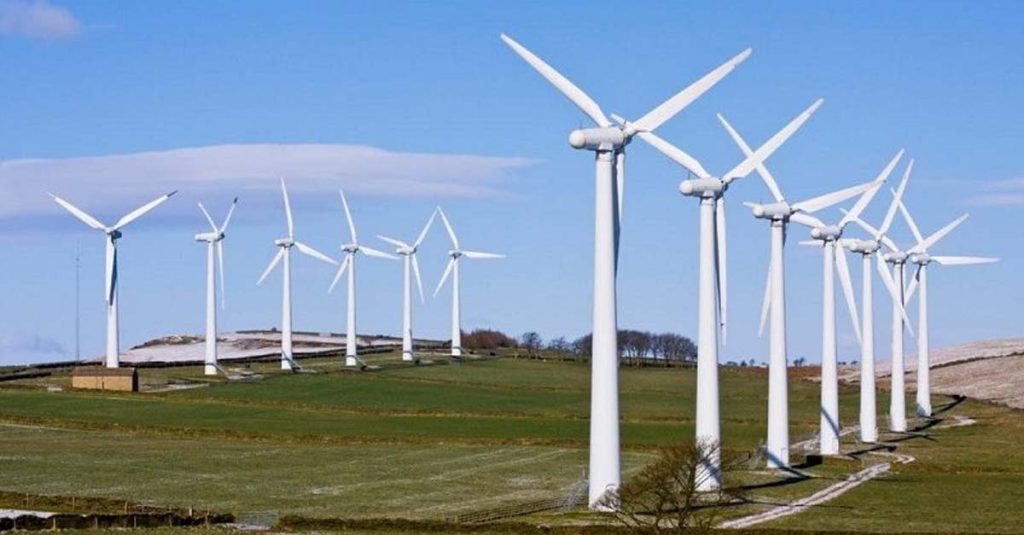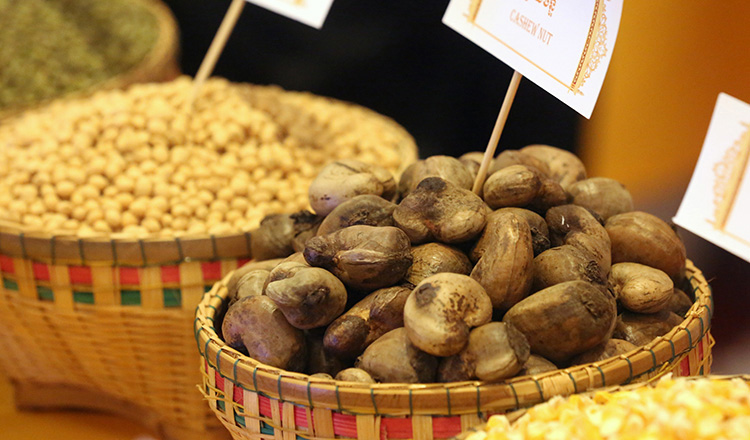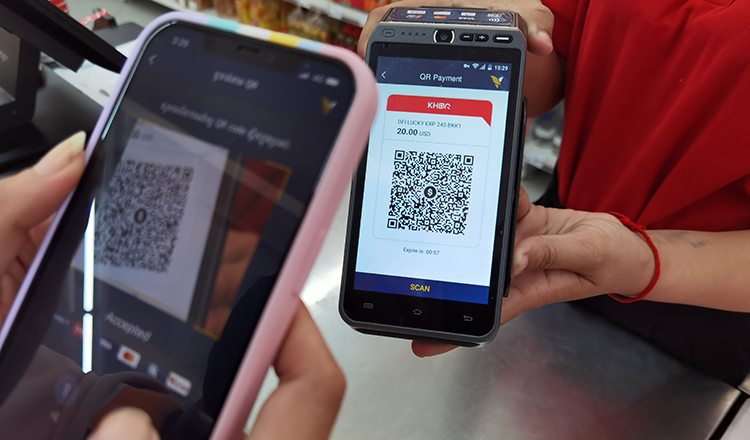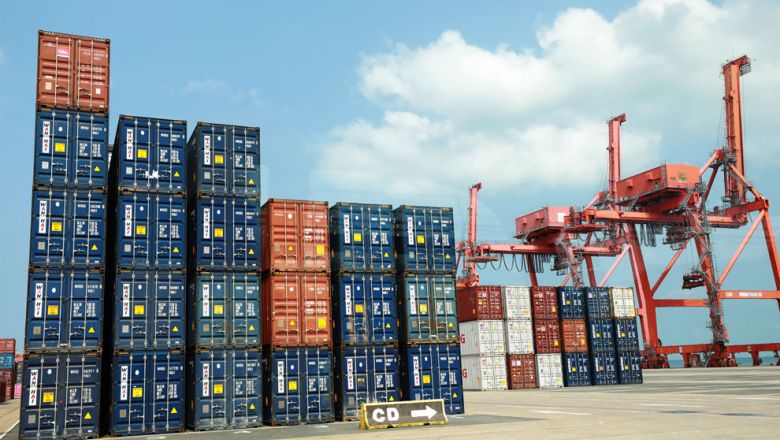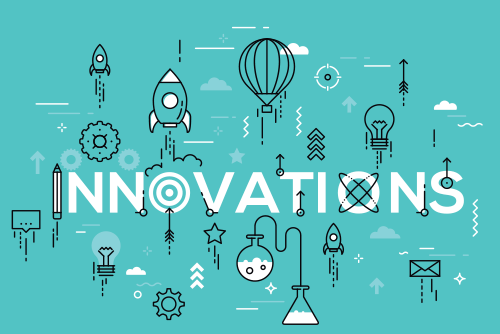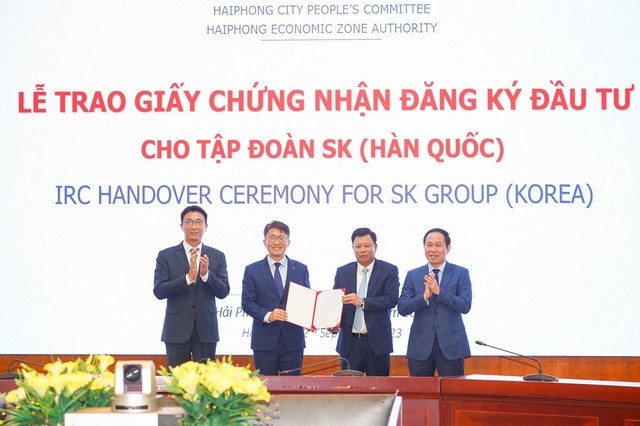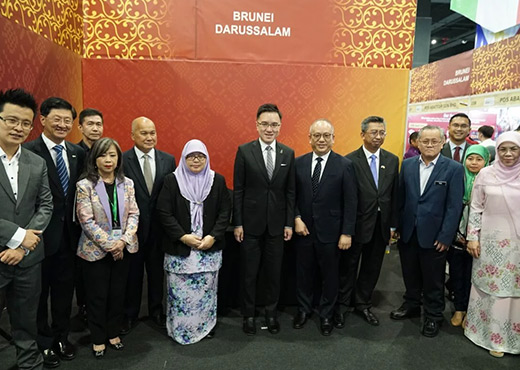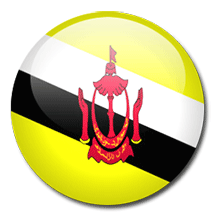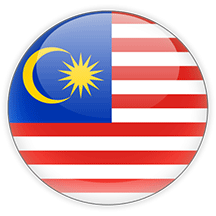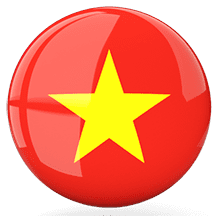The Chinese state-owned energy corporation inked a deal with the Lao Government last week to build a renewable energy base in Laos.
According to Reuters, CGN has signed a deal with the Lao government to develop a renewable energy base in Laos. The project will include various renewable energy sources such as wind, solar, hydro, and energy storage.
The base will be connected to an existing power line that transfers power from Laos to China’s Yunnan province. Additionally, a planned 500kV power line between the two countries will further enable the energy transfer.
This agreement builds upon a memorandum of understanding signed between CGN and the Lao government in October 2022. The signing took place during the China-ASEAN Expo held in Nanning, Guangxi province.
Chinese companies have reportedly invested over USD 16 billion in Laos until 2022, highlighting the nation’s significant role in the development and investment sectors within Laos.
By Phontham Visapra
Source: Laotian Times
Source: East Asia Forum
As ASEAN countries ink deals to move away from fossil fuel consumption and toward renewable energy sources, Laos is set to benefit from this environment-friendly trend.
According to Nikkei Asia, Singapore, a city-state whose primary source of energy is natural gas (95 percent), is trying to make a shift towards importing 30 percent of its energy supply from 4 gigawatts of low-carbon electricity by 2035.
This in turn has allowed countries such as Laos, which has been increasing its renewable power generation capacity, to benefit greatly from the move.
Around 80 percent of the electricity produced by Laos is sold to neighboring countries, Thailand and Vietnam, making up about 30 percent of the country’s total exports. However, Laos has now readied transmission infrastructure to export power to Cambodia, and it has already been supplying electricity to Singapore since 2022.
The latter kicked off last year with the start of the Laos-Thailand-Malaysia-Singapore power integration project (LTMS-PIP), which will transfer 100 MW of power from Laos to Singapore over two years.
The developed infrastructure to send power to Cambodia will also be used in the future to export more energy to Singapore through Cambodia.
Additionally, Laos has also begun the construction of a USD 700 million wind power project, called the Monsoon Wind Power Project. This will be the largest wind power plant in Southeast Asia, with the capacity of producing 600 MW of power, which will mainly be exported to Vietnam, which has recently suffered from chronic energy shortages.
Ultimately, the generation and increased export of renewable energy are aimed toward creating the ASEAN Power Grid, facilitating multilateral power trading in the region.
Moreover, cross-border renewable energy deals spread out supply throughout the region, providing more protection against natural disasters and geopolitical risks.
Hiroshi Takahashi, a professor at Japan’s Hosei University specializing in renewable energy policy, referred to a cross-border electrical grid as a form of “collective energy security,” and sees ASEAN as a good fit for such a project.
By Jonathan Meadley
Source: Laotian Times
Japanese Ambassador to Cambodia Ueno Atsushi has urged Cambodian exporters to enhance the quality of products with the required standards for exporting the items to the Japanese market.
“Cambodia’s exports of agricultural products to the Japanese market are marginal, but Japan can import more,” he said at a round table discussion on Cambodia-Japan relations at Sun & Moon Hotel, Phnom Penh, yesterday.
The Ambassador called for separate negotiating assistance to the agricultural sector in Cambodia under the official Japanese agency ODA, saying that it must be separated from private investment projects.
Japanese private companies have made some investments in Cambodia such as for the export of pepper products to Japan or cashew products, he added.
“We continue to support exports to Japan, both by the public and private sectors. At the moment, we do not have any restrictions on the import of Cambodian agricultural products to Japan,” he said.
Agricultural products from Cambodia are no different from the agricultural products of ASEAN countries. But the issue is transportation or the trademark of products in Cambodia, he said.
Cambodia and Japan are members of the Regional Comprehensive Partnership (RCEP) agreement, which was put into force in early 2022. Japan is one of the main trade partners of Cambodia.
For full article, please read here
Author: Chea vanyuth
News: Khmer Times
Cambodians visiting Vietnam will soon be able to use KHQR for payments there as the central banks of the two countries are expected to sign an agreement this year facilitating cross-border digital payments.
The proposed agreement with Vietnam follows the launch of a similar arrangement with Thailand in June and Laos in August this year, said Kimty Kormoly, the Director General of Central Banking, National Bank of Cambodia, while making a presentation at the Asean-Cambodia Business Summit, organised by the European Chamber of Commerce in Cambodia (EuroCham), recently.
According to Kormoly, NBC is also planning to establish cross-border digital payment corridors with more countries such as China, India, Japan and Malaysia in the near future. He said promoting digital payment is a top priority for the government and NBC as it has been found to help the social and economic development of the country, besides facilitating remittances from migrant workers. It can also boost the use of riel and help with the de-dollarisation efforts of the country.
“Technology is driving digital payments and makes it easier as well. Healthy competition among the Cambodian banks has also led to speedier adoption of digital technologies,” the senior NBC official pointed out.
The digital payment initiative can also help increase financial inclusion in Cambodia. A sizeable section of the Cambodian population is still underbanked with no access to banking facilities.
In one year since its official rollout in 2022, KHQR, the universal quick response (QR) platform of the country for digital payments, has recorded nearly 400,000 transactions.
As of April 2023, the number of transactions using the KHQR Code in riel reached 169,195 involving an amount of 97 billion riel while the 216,069 transactions in the US dollar accounted for $38 million, the half-yearly report of the central bank revealed.
For full article, please click here
Author: Manoj Mathew
News: Khmer Times
Exports to Singapore in the first eight months of 2023 rose over 6.5 times to $476.9 million from $72.8 million in the corresponding period in 2022, as bilateral trade fell 62.8 per cent to $1.1 billion due to lower imports from Singapore, according to the General Department of Customs and Excise of Cambodia (GDCE).
The GDCE’s International Commodity Trade Statistics showed that from January to August, Cambodia imported goods worth $625.8 million from Singapore, which is a decrease of 78.3 per cent from $2.9 billion last year.
The period’s bilateral trade volume stood at $1.1 billion compared to $2.96 billion in the first eight months of 2022, which resulted in a significant narrowing of Cambodia’s trade deficit with Singapore to $148.9 million against $2.8 billion last year. Singapore is Cambodia’s sixth largest international trading partner, led by China, the US, Vietnam, Thailand and Japan.
For August 2023, trade between the two countries totalled $211.4 million, down 40.3 per cent from August 2022, with Cambodia’s exports to Singapore up 556.4 per cent at $28.9 million while imports from Singapore dropped 47.8 per cent to $182.6 million.
Hong Vanak, an economics researcher at the Royal Academy of Cambodia, told The Post on September 27 that the high export growth value to Singapore is linked to the impact of Covid-19 in key economic sectors in 2022 which resulted in a sharp decline in exports to Singapore. The exports rose significantly on the back of growing demand in Singapore and the shipment of export goods for resale in other countries.
He said Singapore is not only a destination for international cargo ships, but also a hub for transshipment and repacking of goods for resale in global markets.
For full article, please click here
Author: Hin Pisei
News: The Phnom Penh Post
Source : VIR
SKC Co. Ltd. (SKC), a subsidiary of the SK Group, has received an investment certificate to develop a high-tech biodegradable materials factory in the northern port city of Hai Phong.
With the total investment capital of $500 million, the factory specialises in producing biodegradable materials such as polybutylene adipate terephthalate and polybutylene succinate.
The project spreads across an area of 32,089 square metres in the Haiphong I DEEP C Industrial Zone in the Dinh Vu-Cat Hai Economic Zone.
In the first phase, the project will start construction in mid-December 2023, slated to be completed within nine months. The project is expected to reach an output of 35,000 tonnes by year-end. In the second phase, the company will increase the total output to 70,000 tonnes per year.
Woncheo Park, CEO of SKC under SK Group said, "SK Group has invested about $3 billion in Vietnam over the past five years. Currently, Hai Phong is one of the countries with the most modern infrastructure and good investment attraction. That's why we decided to invest in the locality."
"SKC will bring modern technology here to produce biodegradable materials here and lay the foundation for our first investment in Hai Phong. We will continue to call for more South Korean businesses to invest in Hai Phong."
In June, SKC announced that it had signed a MoU with leaders of Haiphong People’s Committee to explore potential investments in advanced materials for secondary batteries, semiconductors, and other green sectors.
SKC's project is the first direct investment by SK Group in Vietnam, which has been one of the most active buyers in Vietnam's merger and acquisition market. The group invests across various fields, including retail, consumer goods, pharmacy retail, pharmaceuticals, and others.
In 2018, SK spent approximately $470 million buying 110 million Masan treasury shares. In April 2021, it paid $410 million for a 16.26 per cent stake in Masan Group’s VinCommerce (currently renamed WinCommerce). In the same year, SK also spent $340 million to scoop up a 4.9 per cent stake in Crown X, a consumer retail platform of Masan Group.
SK also invests $100 million in Vietnam's pharmacy retail chain Pharmacity. As of the first quarter of 2023, the group had acquired 64.79 per cent of pharmaceutical firm Imexpharm.
In addition, SK Energy, another subsidiary of SK Group, holds more than a 5 per cent stake in PV Oil, worth about $30 million.
The expansion of SK and its subsidiaries reflects the importance of the Vietnamese market. In 2018, SK invested $500 million to establish SK Southeast Asia Investment with the aim of being a potential growth engine in Southeast Asian countries like Vietnam.
Source : VIR
BMC Food Industries (B) Sdn Bhd, PDS Abattoir Sdn Bhd (PDS) and Royal Brunei Culinary Sdn Bhd (RBC) have signed agreements to enter Sabah, marking the first commercial-scale export of processed F&B products from the Sultanate to the East Malaysian state.
The agreements were signed on Thursday at the Brunei pavilion of the Sabah International Expo (SIE) at the Sabah International Convention Centre.
Sabah Industrial Development and Entrepreneurship Minister Phoong Jin Zhe witnessed the signings along with Brunei’s Permanent Secretary at the Ministry of Primary Resources and Tourism (MPRT) and Board Member of the Brunei Economic Development Board (BEDB) and Darussalam Enterprise (DARe) Hjh Tutiaty Hj Abd Wahab, and BEDB and DARe Acting CEO Daniel Leong.
Jetsin Sdn Bhd (Jetsin), a leading distributor and retailer from Sabah specialising in halal frozen food, signed agreements with three Brunei businesses for the distribution of their products: PDS processed meat products, RBC frozen food products, and BMC non-canned processed meat and OEM corned beef.
Meanwhile Moh Heng Company Sdn Bhd, one of the largest distributors of fast-moving consumer goods in East Malaysia, also signed to distribute BMC products as well as corned beef from their sister company TGT Sdn Bhd.
Source: Biz Brunei
Read the full article here

